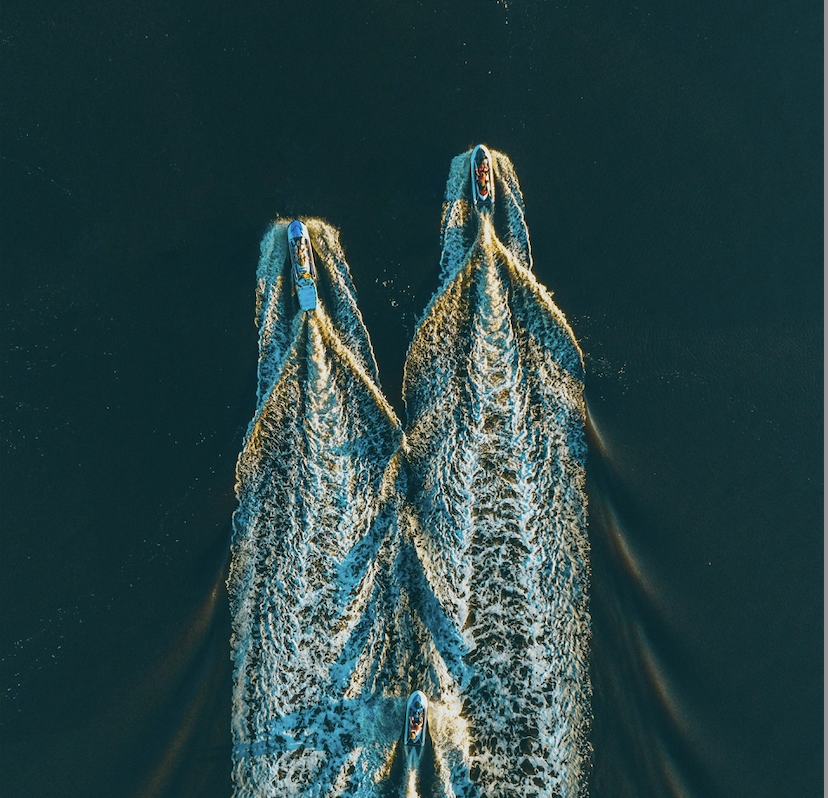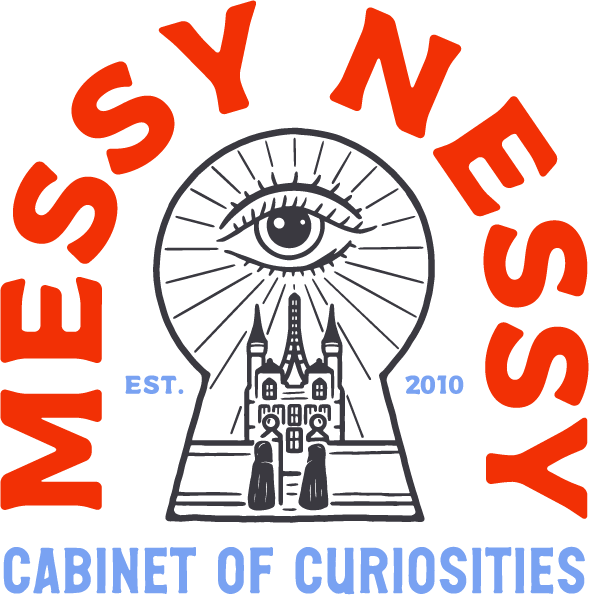
Seeing and Doing
Split is dominated by three locations that capture the urban, cultural and public sides of the city: the fish market, the market and the promenade. The promenade, called Riva, is the heart of Split – a seaside promenade paved with stone, lined with restaurants and cafes, and covered with palm trees. Good news! There is an antiques market 🙂
Head to the beaches beneath Marjan Hill: Kašjune, Obojena Svjetlost or one of the many hidden coves. These are pebbly beaches that offer all the peace and quiet you crave. Whichever beach you end up on, the sea will be crystal clear, so swimming is highly recommended. If you like sailing, I’d look at these guys.
Split’s Old Town is studded with distinctive bronze statues by the celebrated 20th-century sculptor Ivan Mestrovic. Begin the day with a leisurely 20-minute walk from the Riva to magical Galerija Mestrovic, his former seaside villa at Setaliste I Mestrovica 46 (00385 21 340800; mestrovic.hr) on the Marjan peninsula. As well as its permanent indoor collection, the gallery has a fabulous sculpture park spiked with cypress trees, and the villa’s stone balcony gives dreamy views over Brac and Hvar.
Turn right when you leave the gallery, and walk a couple of hundred metres to Mestrovic’s atmospheric Kastelet, a former Renaissance castello surrounded by olive groves. It houses a mouse-quiet cloister and a beautiful little chapel displaying his Life of Christ cycle, a striking sequence of wooden reliefs. Entry included in gallery ticket.
Leave the chapel through the olive groves to head back towards town. The pine-scented path leads to just above an attractive pebble beach known simply as “Obojena”, after the name of its beach cafe, Obojena Svjetlost.
If you’re up for some extra guidance, there’s an evening walking tour of the old town, this private boat trip with lunch, but perhaps you might also be interested in a food tour.
Eating and Drinking
Scramble down for a pre-lunch Ozujsko beer with in-the-know locals. Rejoin the road, following the “ACI marina” sign to the headland and end your visit in style, with a blowout seafood lunch. Upmarket Zrno Soli (“Grain of Salt”) at Uvala Baluni 8 (00385 21 399333; zrnosoli.hr) serves wonderful fresh fish from around 160 kuna with mesmerising views over the Old Town. The glamorous terrace, complete with chrome railings, feels like the deck of a ship. Booking essential.
Split is teeming with cafés around every corner, and unless you know your way, you often won’t be able to find a cafe more than once. In a city where people spend far too many hours sitting at cafés, Galerija is one of my favorites. Maybe it’s the colorful cushions on the chairs outside that seem so inviting. Or maybe it’s the eclectic art hanging in the cozy interior or the unusually large selection of tea. Tucked away with it’s own sunken courtyard somewhere in the maze-like Palace, this café is a go-to quiet escape from the bustling Riva.
Bokeria: The restaurant resides in a large space (for Split standards at least!) that used to be a hardware store. The restaurant owners transformed the place to have a classy yet intimate ambience with a menu to match, offering Dalmatian ingredients in a fresh new way and an impressive selection of wine to pair. If you like their interior design, consider staying in one of the boutique rooms above the restaurant.
Buzzy bar-café Kavana Lvxor (00385 21 341082; lvxor.hr), a Split institution, has live jazz every evening.
On the waterfront, there’s also the lively harbour enclave of Matejuska and its cosy run of great-value local fish restaurants, stuffed with nautical knick-knacks.
Konoba Atlantida at Trumbiceve Obala (00385 21 490748) also does plenty of meat dishes – including the Croatian classic pasticada, beef stewed with prunes and red wine
Where to Stay
Day Trips
For a few lesser-known or off-the-beaten-path day trip ideas from Split that go beyond the standard island-hopping or Krka National Park excursions..
1) Imotski & the Red/Blue Lakes: Imotski is a small, inland town near the Bosnian border, famous for its dramatic Blue Lake (Modro Jezero) and Red Lake (Crveno Jezero)—two sinkhole lakes framed by sheer cliffs. Hike down into Blue Lake (when water levels allow) for a refreshing swim. Marvel at Red Lake from a viewpoint—its depth and crimson rock walls are impressive. Stroll the old town of Imotski and its medieval fortress (Topana) overlooking Blue Lake. About 1–1.5 hours by car from Split. There are also local buses, but check schedules carefully for day-trip feasibility.
2) Sinj & the Cetina River Region, known for the Sinjska Alka, an annual knight’s tournament, and for its beautiful setting in the Dalmatian hinterland. The Cetina River runs near Sinj and is less crowded than the rafting stretch near Omiš. Explore the Sinj fortress (Kamičak) and Miraculous Lady of Sinj Sanctuary (important pilgrimage site). Take a quiet river walk or easy cycling route along the Cetina’s upper course. Sample local specialties like arambaši (cabbage rolls) and Sinj-style fritters. 30–40 minutes by car or regular public bus from Split’s main station.
3) The Neretva Delta (Opuzen & Metković), known as the “Croatian California,” thanks to its fruit groves, wetlands, and lush birdlife—very different from the coastal vibe. Take a boat safari through the delta’s canals in a traditional lađa boat to spot birds and local wildlife. Stop by Opuzen or Metković—small, authentic towns with local restaurants and markets selling fresh citrus and produce. About 1.5 hours by car southeast of Split (en route to Dubrovnik). Organized day tours are possible, but it’s quieter to go independently if you have a rental car.
4) Vrlika & Lake Peruča: North of Sinj, the Vrlika area and Lake Peruča are scenic, with rolling hills, clear waters, and a fraction of the tourists you’ll find on the coast. Enjoy a picnic or swim at the lake’s shore—great for families or anyone seeking tranquillity. Visit the Church of Holy Salvation (Crkva Sv. Spasa), a pre-Romanesque church near the Cetina’s source. Explore the small town center of Vrlika, known for traditional dances and costumes. About 1 hour by car from Split, via Sinj.
5) Klis Fortress & Vranjača Cave gets some attention for its Game of Thrones fame, but it’s still relatively uncrowded compared to coastal hotspots. Pair it with the Vranjača Cave, a lesser-known natural wonder nearby. Climb the ramparts of Klis Fortress for panoramic views over Split and the Adriatic. Visit Vranjača Cave located near Dugopolje, it features impressive stalactites/stalagmites. Far fewer tourists venture here than to other Croatian caves. Have lunch at a local konoba to try classic Dalmatian dishes. Klis is only ~20 minutes by car from Split; you can continue another 20 minutes or so to Vranjača Cave. Public buses run to Klis, though you’ll likely need a taxi or car to reach the cave.
6) Šolta Island is overlooked in favor of Brač and Hvar, Šolta is a quieter island with authentic fishing villages, olive groves, and hidden bays. Take the ferry (or catamaran) from Split to the main port of Rogač (about 1 hour). Visit the small villages of Maslinica or Stomorska. Maslinica’s 7 islets are prime for a relaxed boat or kayak outing. Sample local honey and olive oil—Šolta’s known for these. Ferry from Split takes ~1 hour, and local buses or taxis can connect you to different villages. Easy to do as a day trip if you plan around ferry times.
7) Drniš & Knin Fortress: If you’re looking for a real inland Dalmatian experience, head to Drniš for its famous prosciutto (pršut) and to Knin for one of the largest fortresses in Croatia (and all of Europe). About 1 hour by car to Drniš (toward the interior), then another ~20 minutes to Knin. There are some buses, but a rental car or private tour is more convenient for a single-day round trip.
8) Before Split, there was Salona. Salona is right by the town of Solin, which neighbors Split. It was first populated in the 1st millenium BCE by the Greeks, and later taken over by the Romans, who made it the capital of Dalmatia until it was abandoned in the 7th century. Today, visitors can still see the recognizable ruins of Roman architecture: an amphitheater, public baths, and a forum. Unlike most sites of ancient ruins, Salona is open to exploration. Wild grasses and flowers are taking over the crumbling stone.
9) Trogir, a small town near the Split airport (both local and direct buses come frequently). It’s like a quieter version of Split: there’s the tower, the Riva, the market, the stone architecture with Greek and Venetian history. Spend the day wandering down the waterfront, and be sure to walk across to Ciovo, the big island next to Trogir. Go during golden hour, turn around, and be transported to a different era with the magical landscape you see.

